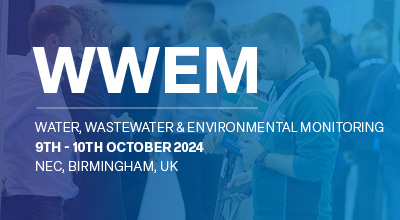| Abstract Title: | From catchment to tap: Source and fate of polar organic chemicals and their associated risks |
| Presenter Name: | Prof Gary Fones |
| Co-authors/Co-presenters: | Mr Adam Taylor Prof Graham Mills Ms Louisa Gumbrell Dr Anthony Gravell |
| Company/Organisation: | University of Portsmouth |
| Country: | United Kingdom |
Abstract Information :
Water utilities must provide potable water of sufficient quantity and quality to fulfil customer demand. In order to meet this need, most water supply companies abstract surface waters. To ensure water quality, regulatory and operational monitoring programmes are undertaken to ensure compliance with EU drinking water quality standards. Current monitoring methods, which rely on spot sampling for priority substances may not adequately capture the dynamic variation in water quality or the variety of compounds present. Consequently the risk posed by existing and emerging contaminants (e.g. some polar pesticides, pharmaceuticals and personal care products) to drinking water quality may not be fully understood. Passive sampling has been proposed as a potential solution to many of the limitations of spot sampling monitoring programmes. Passive samplers can achieve lower limits of detection as well as providing more robust time integrative data over their deployment periods. This approach has been proposed as a means for the water industry to identify sources of pollution and short/long-term trends, within river catchments.
We used the Chemcatcher® passive sampler (HLB-L receiving phase disk overlaid with a polyethersulfone (PES) diffusion limiting membrane). This sampler design was selected as this can sequester a broad range of polar chemicals including many of the pesticides, which may pose a risk to potable water. Monitoring was undertaken at fourteen strategically important locations within the Arun and Western Rother river catchment, Sussex, UK. Samplers were deployed in mid-October 2017 for a period (consecutive 14 day deployments) of 12 months.
After retrieval the HLB-L disk was extracted and analysed using a liquid chromatography/quadrupole time-of-flight mass spectrometry (LC/Q-TOF/MS) technique. This method was able to screen the sample against a database of 800+ pesticides. Spatial and temporal variation in the pattern and relative concentrations of the polar pesticides were observed throughout the catchment. This variability represents the interaction between the sources/vectors that act to introduce contaminants to surface waters and the processes that diminish them (degradation, dilution etc.).
This novel approach aims to improve the understanding of the contribution of different sources to pollution within the catchment, allowing prioritisation of the greatest risks to drinking water quality. Data from the study will be used to inform decisions about future strategy for both catchment interventions to reduce diffuse pollution and the provision of additional treatment processes.


